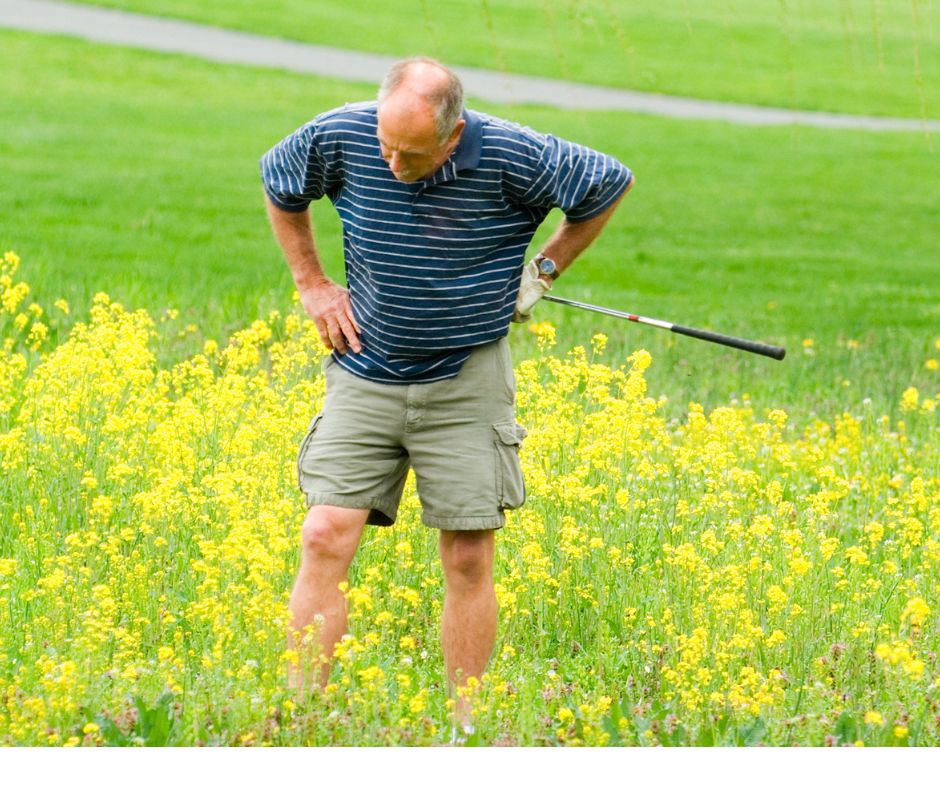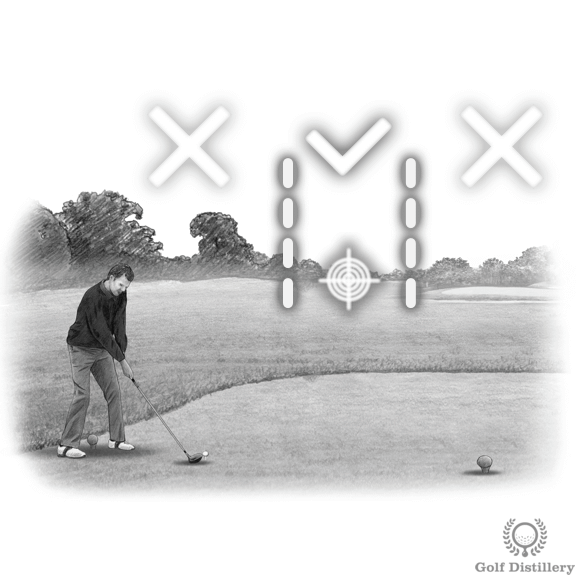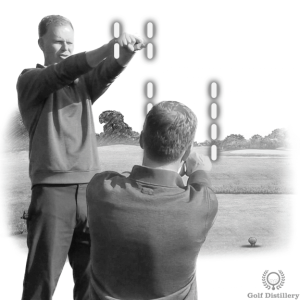Join Our Senior Golfers Newsletter!
Sign up today and receive your free Golf After 60 Bonus Stretch Guide!
Golf is a sport known for its etiquette and sportsmanship. To ensure an enjoyable and harmonious experience for all players on the golf course, it is essential to adhere to certain dos and don’ts. This post will outline a comprehensive list of guidelines to follow, promoting proper conduct, respect for fellow players, and the preservation of the golf course.

Golf Course: The Dos And Don’ts on the Course
Dos on the Golf Course:

Be mindful of pace of play: Play at a reasonable pace, keeping up with the group in front of you. Limit the time spent searching for lost balls and be ready to play when it’s your turn.
Don’ts on the Golf Course:

Don’t disrupt other players: Stay aware of your surroundings and be considerate of other golfers. Avoid sudden movements or noises that may disturb their concentration during their swings.
Conclusion:
Following the dos and don’ts on the golf course is crucial for creating an enjoyable experience for all players. Practicing good sportsmanship, respecting pace of play, and taking care of the course are fundamental aspects of golf etiquette. By adhering to these guidelines, golfers contribute to the preservation of the sport’s traditions and uphold the spirit of camaraderie that makes golf a cherished pastime worldwide. So, let’s tee off with respect and exhibit the true essence of this beautiful sport on and off the course.

How to Increase Driver Accuracy by Golf Distillery
Have you ever found yourself in a situation where you really needed your golf ball to find the fairway out in front? Maybe the hole featured water penalty areas on both sides of a narrow fairway or maybe tall grass and fairway bunkers were waiting for your ball if it went wayward.
Sure, these situations happen often in golf. And when under pressure, sometimes the right course of action is to simply club down by using a long iron instead of your driver. But what if the hole featured a long carry or was otherwise a long par-4 that required you to hit your driver?
Follow these golf tips in order to learn how to dial back the power in your driver in order to increase the odds that the ball will land in the fairway.
Next time you are at the practice range make two piles of 10 golf balls each. For the first pile, hit each ball with your driver at the maximum swing speed you normally can. Sure, the balls might go far but take note of how many of the ten would have landed in a tight fairway.
Next, hit the next pile of ten balls with your driver (again) but by dialing down your swing speed. Yes, you’ll notice that these drives won’t reach as great a distance as those from the previous pile but you should notice that the difference in distance isn’t that large.
But – and this is the most important part – notice how many of those balls would have landed in the fairway. You should find that reducing the power in your swing will come at a cost in distance, yes, but with rewards in the form of more fairway hits. Just remember to let the club work for you whenever you find yourself needing to hit a small landing area from the teeing ground.

How to Visualize a Tight Fairway when at the Range
In order to practice hitting your driver with less power but more reliability you will need to do so at the practice range. While some practice facilities feature hitting areas that are more or less the width of a golf fairway, yours may not.
Use this tip in order to simulate how large – or narrow – your landing area should be.
Position your hands out in front of you and form a fist with your hands, arms extended. Put your two fists next to each other in front of your eyes, essentially blocking the driving range from view. Note where the left fist begins and where the right fist ends.
The area in between is about the same down range as what would be a narrow fairway on a golf course. Take visual cues, be it a tree, a post, etc., and aim from your ball to land within that area.
Golf shots hit with your driver go a longer distance thanks to the length of the shaft, which is also longer. The longer the club, the further the ball will go, generally speaking.
In order to dial down the distance a little, shorten your club shaft a little. You can achieve this by simply positioning your hands on the grip of the club a little further down than you normally would. Just remember that you need to stand a little closer to the ball as a result.
More on: Effects of gripping down on your club
When golfers have a driver in hand they usually ‘swing for the fences’. That is, they normally try to hit the ball as hard as they can, in order to drive the ball as far as they can. But this maximum power comes at a cost in consistency and reliability.
Instead of swinging your club as hard as you can, dial down your power a little. You can do this by shortening the length of your backswing. Indeed, instead of reaching your normal top of the swing position, stop your backswing before you reach that point.
Whenever you hit a powerful drive you may notice that you sometimes finish your swing out of balance slightly. This can be explained by how long your driver is and how fast you are swinging that club.
In order to reduce the power in your drives, try to focus on keeping your balance throughout your golf swing. That means taking your club back in a controlled and balanced fashion before initiating your downswing, also in a controlled manner.
A good way to notice if you kept your balance is to take note of your follow-through. If you are able to maintain your balance on your forward foot all the way until the ball lands it means your swing was executed in a balanced fashion.




